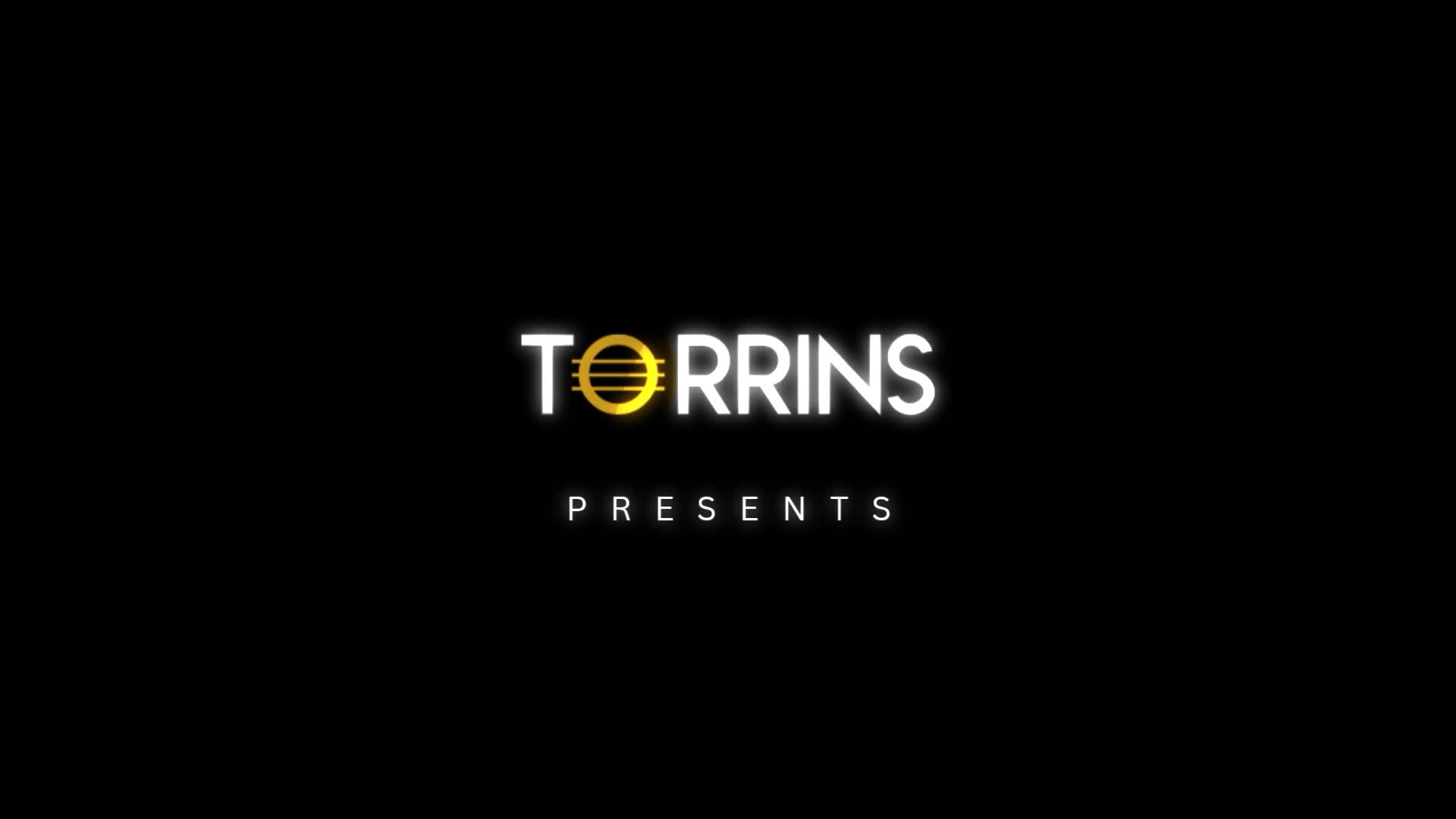
Create your free account to access this lesson
Have an account?
Holy Diver Guitar Lessson - Introduction
Holy Diver - Introduction
Holy Diver is one of the most iconic heavy metal songs ever recorded, serving as the title track of Dio’s debut album in 1983. Written by the legendary Ronnie James Dio after his stints with Rainbow and Black Sabbath, the song showcases his signature lyrical style—filled with medieval imagery, heroic themes, and battles between good and evil. The lyrics tell the story of a mysterious, divine warrior, often interpreted as a metaphor for spiritual struggle and redemption. Dio’s powerful, operatic vocals and Vivian Campbell’s crushing guitar riffs made the track an instant classic.
The music video, though dated by today’s standards, became legendary for its fantasy aesthetic, featuring Dio as a sword-wielding hero battling demons. The song’s mid-tempo groove, anthemic chorus, and unforgettable riff solidified its place in metal history. Over the years, "Holy Diver" has been covered by bands like Killswitch Engage and referenced in pop culture, proving its lasting influence. Ronnie James Dio’s performance on this track remains one of the greatest in metal, blending raw power with theatrical flair.
Holy Diver Guitar Lesson
Taught by Mike Walker, this lesson dives deep into playing "Holy Diver" in dropped C tuning (C-G-C-F-A-D), which gives the song its thick, heavy sound. The main riff, played by Vivian Campbell, is built around power chords (C5, G5, A♭5) and uses palm muting to create a tight, aggressive groove. The tuning allows for easy sliding between chords while maintaining a massive low-end presence.
The verse follows a C5 - G5 - A♭5 progression, with the riff emphasizing the open C string for a chugging effect. The chorus shifts to a C5 - G5 - F5 pattern, adding a melodic lift before returning to the main riff. The solo section is where Campbell’s playing shines—using the C minor pentatonic scale (C-E♭-F-G-B♭) with fast alternate picking and wide bends for dramatic flair. The harmonic minor scale (C-D-E♭-F-G-A♭-B) also appears in the solo, giving it a darker, classical edge.
For the rhythm parts, focus on tight palm muting and consistent downstrokes to match the song’s driving feel. The pre-chorus introduces a syncopated riff that requires precise timing—practice it slowly with a metronome before speeding up. The bridge features harmonized leads, where two guitars play complementary melodies, a technique Dio borrowed from his Rainbow days.
Beginners should start by mastering the main riff and power chords in dropped C tuning. Intermediate players can work on the syncopated rhythms and solo licks, paying attention to vibrato and bends. Advanced players should study the harmonic minor passages and experiment with adding their own fills.
FAQs
Q. How do I tune my guitar to dropped C for this song?
Lower your sixth string from E to C, fifth from A to G, and leave the rest in standard tuning (C-G-C-F-A-D).
Q. What scales does Vivian Campbell use in the solo sections?
Primarily C minor pentatonic (C-E♭-F-G-B♭) with touches of C harmonic minor (C-D-E♭-F-G-A♭-B) for a classical metal feel.































